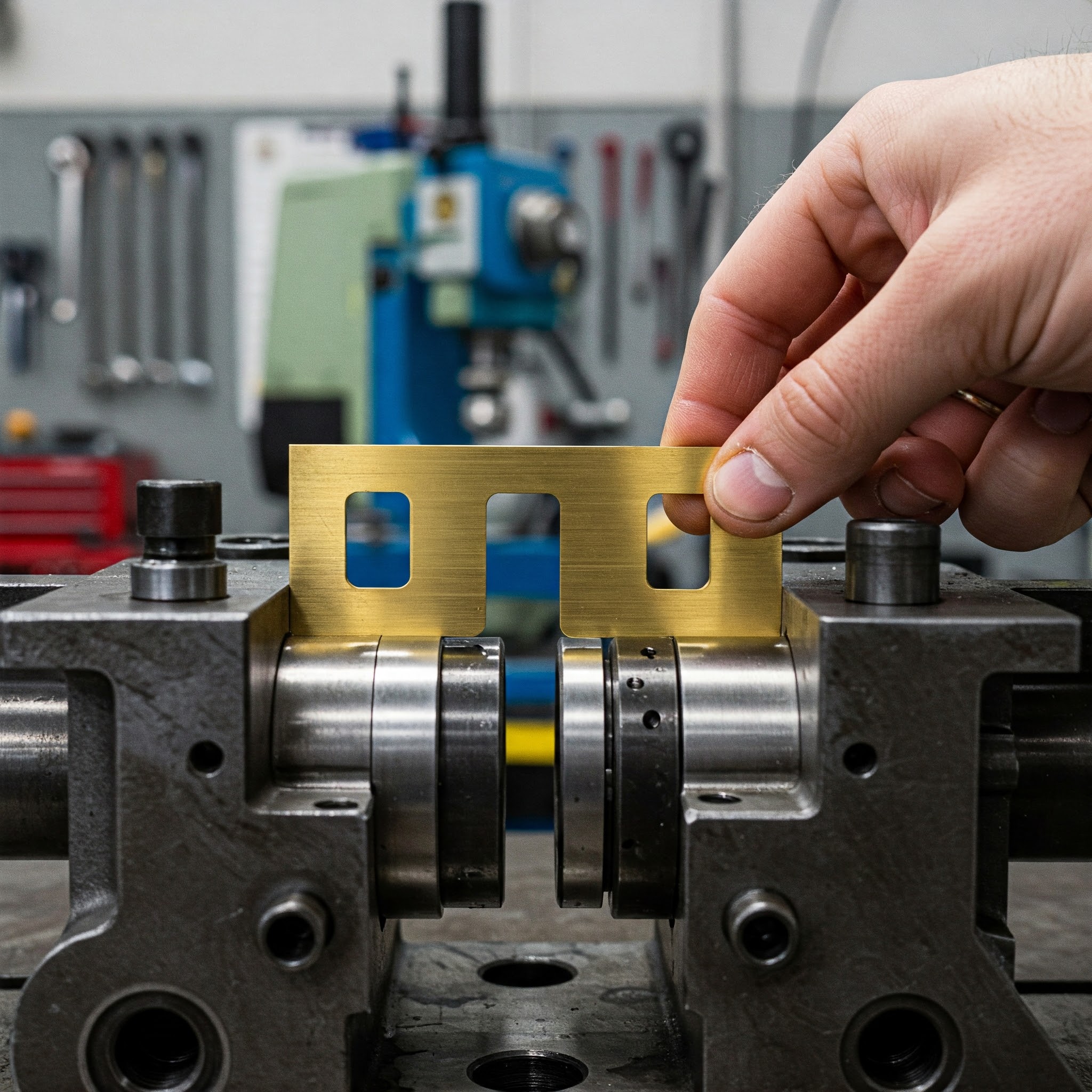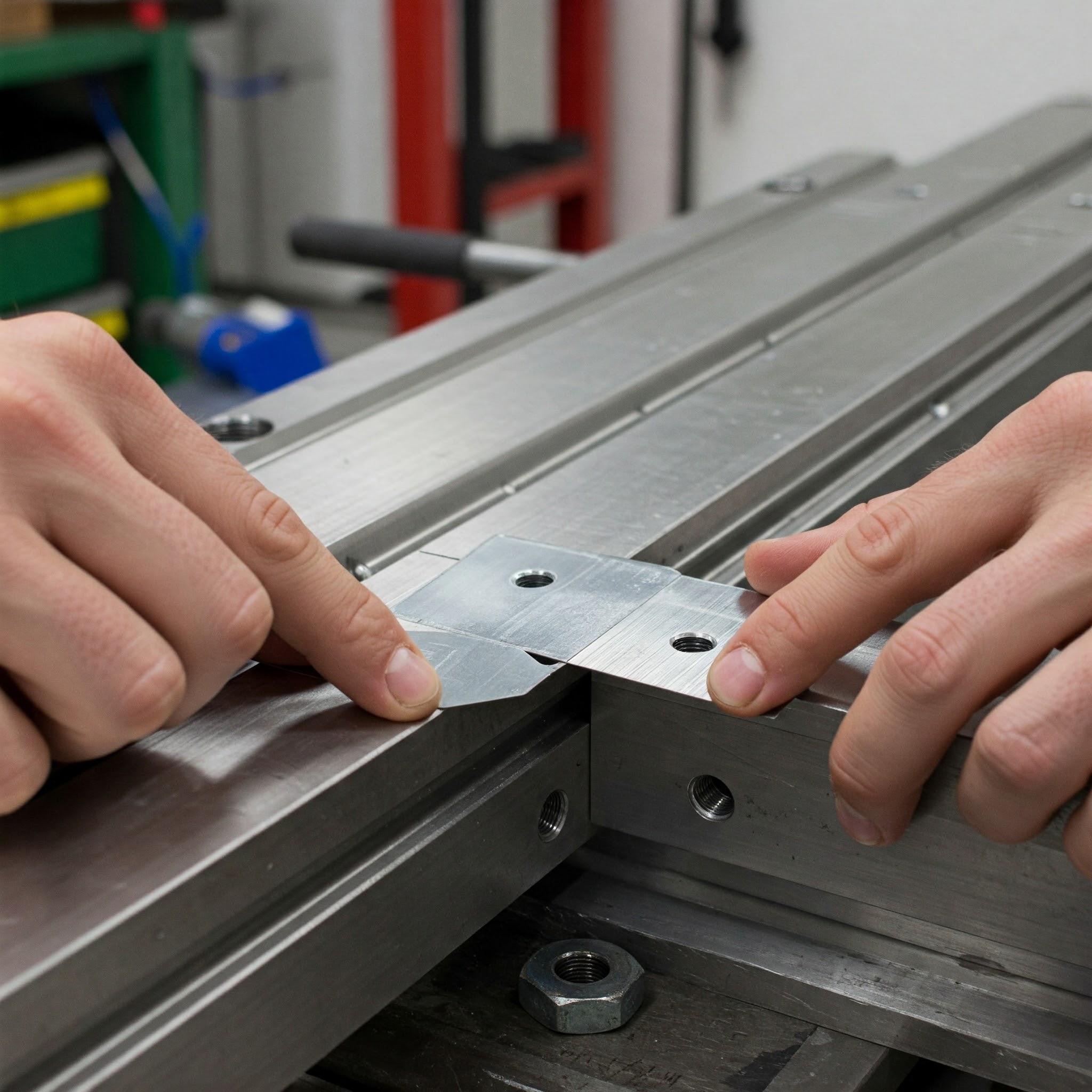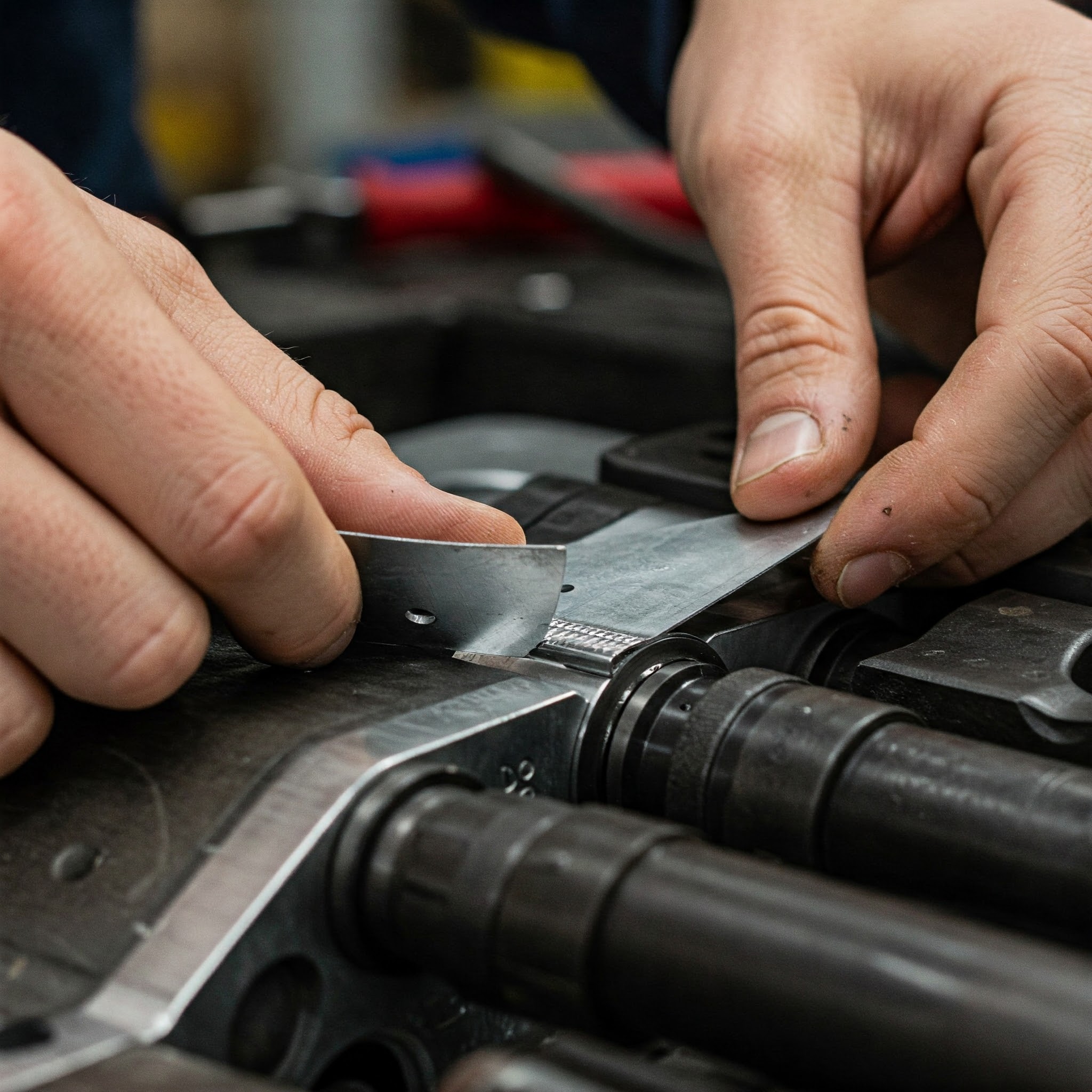
In the world of industrial machinery and equipment, precision is everything. Even the smallest misalignment can lead to inefficiency, increased wear, or even catastrophic failure. This is where high-quality shims come into play. By filling gaps and ensuring proper alignment, shims improve the performance and lifespan of machinery. Whether you’re working in manufacturing, automotive, or heavy machinery, understanding the role of shims can significantly enhance your operations. In this article, I’ll explain how high-quality shims can boost performance in industrial applications, reduce downtime, and increase efficiency. Let’s dive into how these small components make a big impact!
Shims are thin pieces of material, often metal or plastic, used to fill gaps or spaces between components. They are commonly used to adjust the alignment of parts or to evenly distribute weight and pressure. Shims come in various shapes and sizes, depending on the specific needs of the machinery or application. Some are designed to be placed under equipment for leveling, while others are inserted between parts to prevent wobbling or to ensure consistent pressure. In industrial settings, high-quality shims are typically made from durable materials like stainless steel shims , brass shim sheet , or shim sheet metal , ensuring they can withstand harsh operating conditions.
Foundation J bolts are bent bolts designed for anchoring heavy equipment or structural elements into concrete or masonry foundations. The "J" shape provides a hook-like feature that allows for a secure grip.

The use of high-quality shims in industrial applications offers several benefits. Whether you’re working with machinery that requires precision or trying to extend the life of your equipment, shims are a game-changer. Let’s explore some key benefits:
One of the primary reasons to use shims is to ensure proper alignment. Misalignment in machinery can cause uneven wear, reduce efficiency, and lead to mechanical failures. High-quality shims help correct misalignments by filling in the gaps and ensuring that the components are properly aligned.
When you choose the right shim material and thickness, you can ensure your equipment is operating at its highest level of precision, improving both the efficiency and accuracy of your industrial processes.
When equipment is misaligned or subjected to uneven pressure, it tends to wear out faster. This not only reduces the efficiency of your machinery but also shortens its lifespan. High-quality shims prevent these issues by providing a reliable solution that maintains the proper alignment and ensures that components are functioning optimally.
Using high-quality shims like stainless steel shims reduces the chances of premature wear and tear, ensuring that parts last longer and reducing the need for costly repairs or replacements.
When parts of machinery rub or shift against each other due to misalignment, they can wear down quickly. This not only damages the equipment but can also lead to breakdowns, which result in costly downtime. Shims act as a buffer, preventing direct contact between components and reducing friction, which ultimately reduces wear and tear.
By filling gaps and keeping components aligned, shims protect against unnecessary friction and help maintain the integrity of your equipment.

When selecting a shim for your industrial application, there are a few key factors to consider. Choosing the right shim ensures that your machinery performs efficiently and reliably.
The material of the shim is one of the most important factors in its performance. High-quality shims are often made from metals like stainless steel shims, brass shim sheet, precut shims or shim sheet metal. These materials are durable, resistant to wear, and capable of withstanding harsh industrial environments.
Choosing the right material will depend on your application’s environment and load requirements.
Shims come in a range of thicknesses and sizes. When selecting a shim, it’s essential to choose one that matches the gap or space you need to fill. Using the wrong thickness can result in improper alignment or ineffective load distribution.
Measuring the gap carefully and ensuring the shim fits correctly is crucial for achieving the best performance.
For applications that require high levels of precision, such as in machined washers or industrial equipment, selecting high-tolerance shims is critical. These shims are manufactured to strict tolerances, ensuring that the adjustment is accurate and effective.
If your project demands precise alignment, investing in high-quality, high-tolerance shims will ensure optimal performance.
Shims play a vital role across various industrial sectors. Let’s take a closer look at how they’re used in different industries to improve performance.
In the automotive industry, shims are used for precise adjustments and alignment in engine components, suspension systems, and braking systems. Shims help maintain the correct gap, preventing misalignment and ensuring smooth operation.
By ensuring proper alignment in critical automotive components, shims help enhance vehicle longevity and reliability.
In manufacturing, where high precision is required, shims help maintain machine alignment, which is crucial for reducing defects in the production process. Shims are used in machinery like presses, CNC machines, and assembly lines to keep components properly positioned.
Shims are essential for maintaining the precision required in manufacturing environments, ensuring that every part produced meets the necessary standards.
In construction, where large machines are often subjected to heavy loads and rough conditions, shims help prevent misalignment and maintain the integrity of structural components. They are often used in heavy machinery, cranes, and loaders.

High-quality shims are a small but critical component in industrial applications, offering benefits such as improved alignment, enhanced durability, and reduced wear and tear. Whether you're in the automotive, manufacturing, or construction industry, using the right shim manufacturer can significantly improve your equipment’s performance and lifespan. By selecting the right materials, thickness, and size for your shims, you can ensure that your machinery operates smoothly, reducing downtime and extending the life of expensive equipment. So, next time you're faced with a misalignment issue or need to fine-tune machinery, remember that high-quality shims are the key to success.
Our range of shims includes metal, machine, industrial, precision, adjustable, machinery, engineering, custom, and alignment shims. These shims are designed for various applications, such as machinery alignment, fine adjustments in industrial-grade machines, engineering projects requiring steel shims, heavy-duty machinery requiring versatile metal shims, aerospace applications demanding precision stainless steel shims, automotive use requiring adjustable aluminum shims, precision engineering projects using high-quality brass shims, construction applications requiring durable plastic shims, specialized machinery needing customized shim solutions, and manufacturing processes requiring fine-tuning shims for precise alignment and accurate machine setup and leveling.



